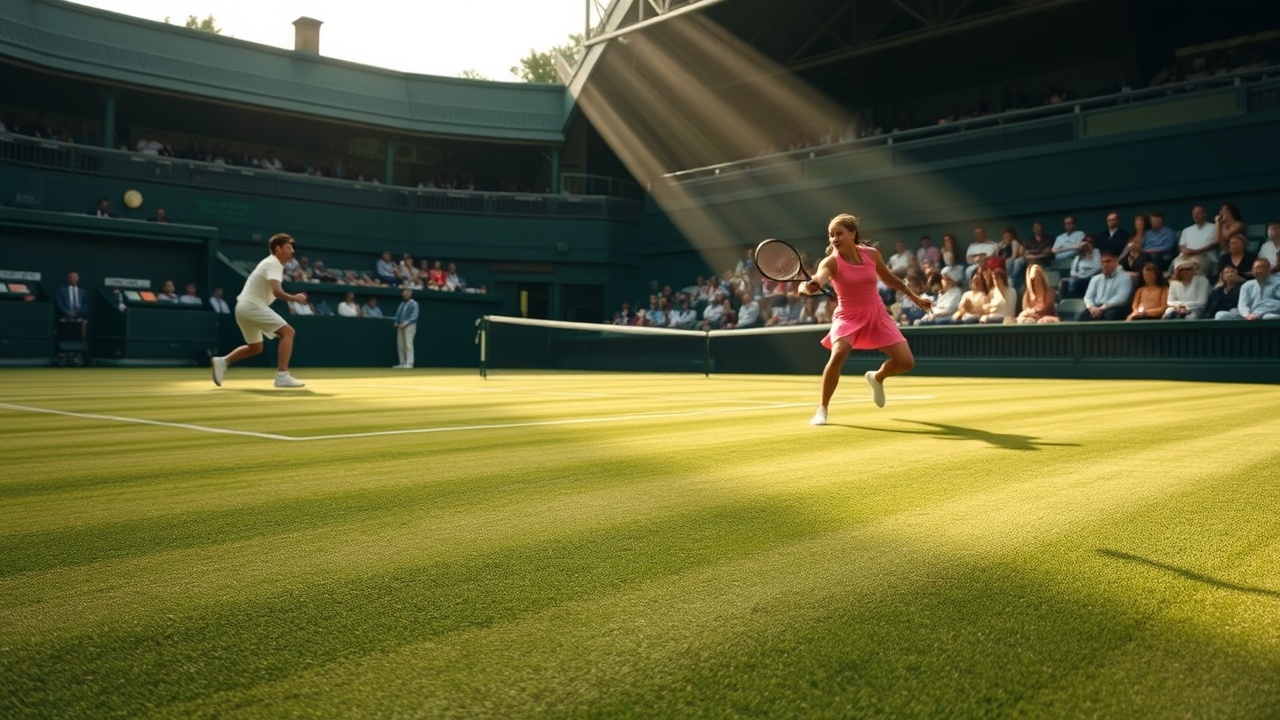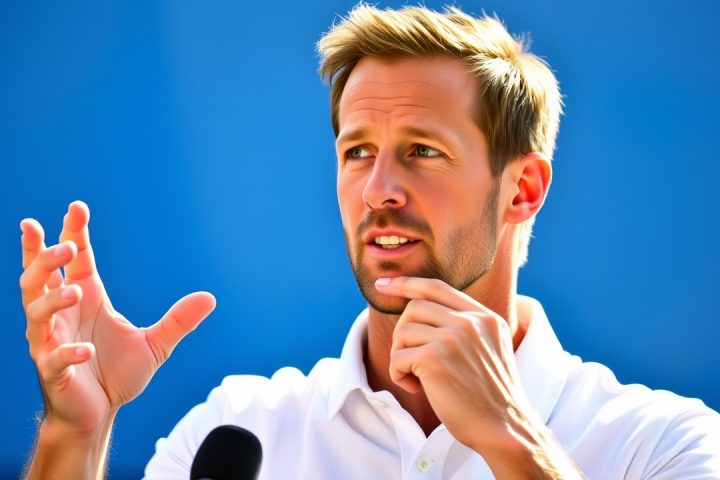Wimbledon 2025 Overview
The All England Club is hosting Wimbledon 2025 from June 30 to July 13, and players are expressing their frustrations with the grass courts amidst sweltering temperatures. The tournament kicked off with record heat, as temperatures soared to 32.3 degrees Celsius on Monday and reached even higher at 33.4 degrees Celsius the following day. This scorching heatwave has compounded the issues players face as they contend with the court surface, which many are claiming has become notably slower.
Player Reactions
Defending champion Barbora Krejcikova, after a hard-fought opening match victory against Alexandra Eala, highlighted the difficulties players are encountering with the grass.
“There’s not enough water on the court, and it turns very yellow very quickly,”
Krejcikova remarked. She went on to suggest that the extreme heat has rendered the grass more unyielding, altering the play significantly from what most are accustomed to.
Among the notable players who have left the tournament early is Canadian Denis Shapovalov, who suffered a first-round defeat to Argentina’s Mariano Navone, expressing his discontent saying,
“The balls are the worst, the grass tour has turned into a joke. This isn’t grass anymore, the court is slower than a clay one. It’s not even grass.”
Unprecedented Exits and Observations
This year’s competition has already seen an unprecedented exit of eight top-10 seeds in the first round; a record number for a single Grand Slam event in the Open era. American third seed Jessica Pegula remarked that while the courts felt different, variations are inherent to grass as a natural playing surface. Poland’s Iga Swiatek, who advanced to the next round, also noted the sluggishness of the courts, indicating that changes in weather might impact the playing conditions as the tournament progresses.
Expert Insights
Experts explain that slower court surfaces lead to longer rallies and matches, potentially exhausting players more than faster courts. Former doubles player Dom Inglot observed that since 2001, Wimbledon grass has been modified to improve its visual appeal and enhance the spectator experience.
“Wimbledon wanted to compete with the thrilling rallies seen at other tournaments,”
he noted, acknowledging that this shift has resulted in longer baseline exchanges becoming more common compared to the historical serve-and-volley style.
Current Conditions and Future Outlook
Wimbledon has yet to officially comment on the current conditions of the grass courts. The grass used at Wimbledon is cut daily and consists mainly of perennial ryegrass which is known for its durability. While the height of the grass is maintained at an estimated eight millimeters during the tournament, environmental factors such as weather and soil compaction play a significant role in how quickly balls bounce and can thus impact gameplay. The tennis community remains attentive to how players adapt their strategies amidst these challenges in the climate and on the courts this season.




